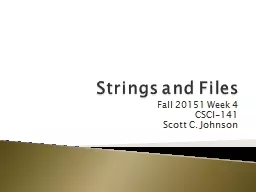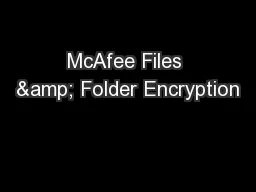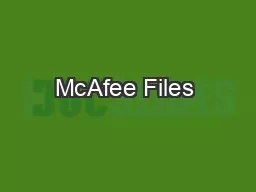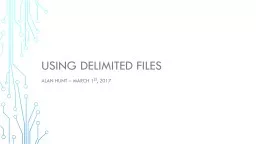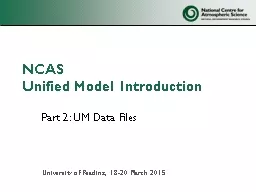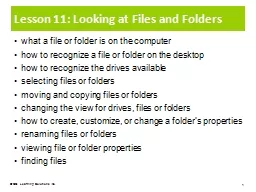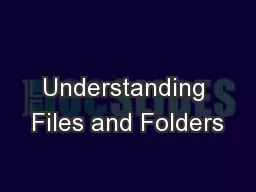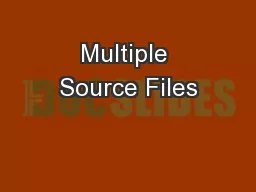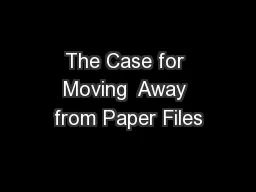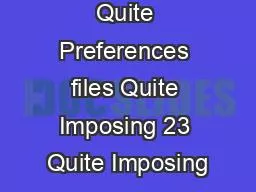PPT-CS this week files
Author : ellena-manuel | Published Date : 2019-06-29
dictionaries hw10pr3 If I had a dictionary I guess I could look up what it was hw10pr2 Connect Four Board class file and dictionary classes Building classes vs
Presentation Embed Code
Download Presentation
Download Presentation The PPT/PDF document "CS this week files" is the property of its rightful owner. Permission is granted to download and print the materials on this website for personal, non-commercial use only, and to display it on your personal computer provided you do not modify the materials and that you retain all copyright notices contained in the materials. By downloading content from our website, you accept the terms of this agreement.
CS this week files: Transcript
Download Rules Of Document
"CS this week files"The content belongs to its owner. You may download and print it for personal use, without modification, and keep all copyright notices. By downloading, you agree to these terms.
Related Documents


